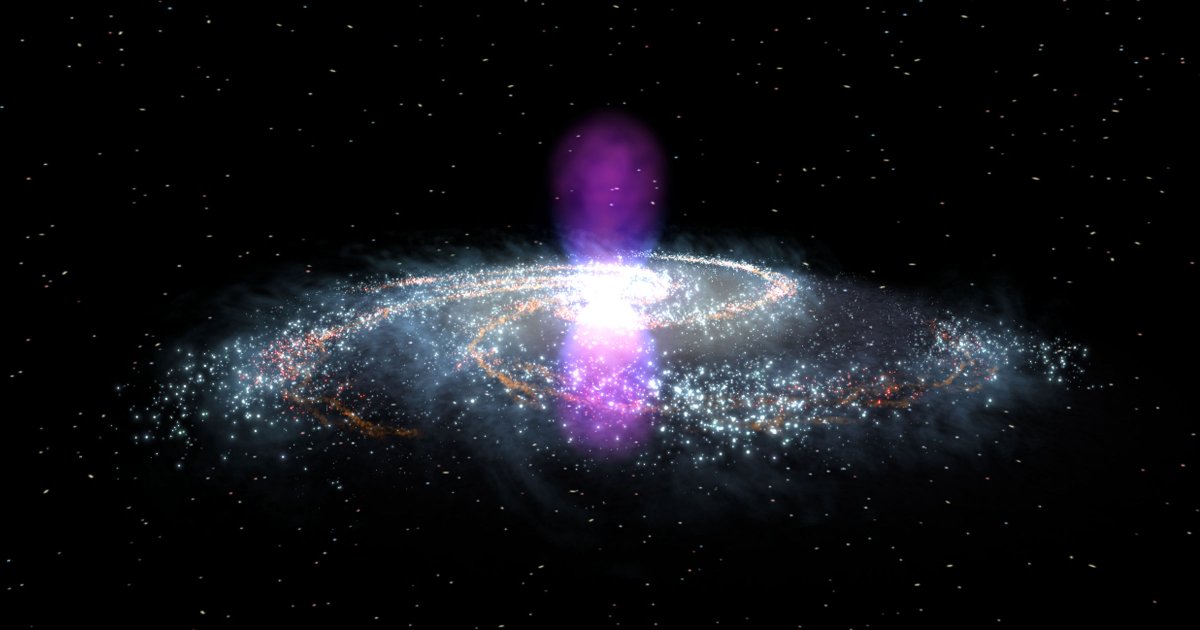
"Now, a new paper published in the journal Physical Review Letters might not have a satisfying answer - it argues that both theories are equally likely - but it does raise the stakes: if the first possibility turns out to be correct, it could be the first-ever concrete evidence that dark matter, the mysterious stuff that is believed to make up more than 26 percent of the universe, actually exists."
""Dark matter dominates the universe and holds galaxies together," said coauthor and Johns Hopkins astronomy professor Joseph Silk in a statement. "It's extremely consequential and we're desperately thinking all the time of ideas as to how we could detect it." "Gamma rays, and specifically the excess light we're observing at the center of our galaxy, could be our first clue," he added."
"While taking into consideration how the Milky Way formed, Silk and his international colleagues created a dark matter map to identify where it should be located. Scientists believe that billions of years ago, smaller galaxy-like systems of dark matter clumped together at the center of what is now the Milky Way, causing collisions between the clumps to increase. By simulating these collisions, the researchers found that their dark matter map overlapped with existing gamma ray maps, produced with data from NASA's Fermi"
Two leading explanations exist for the persistent gamma-ray excess near the Milky Way center: dark matter particle annihilations and emission from rapidly spinning neutron stars called pulsars. A model that maps dark matter distribution using the Galaxy's formation history and simulated ancient clump collisions predicts a spatial pattern that overlaps observed Fermi gamma-ray maps. If dark matter annihilation produces the excess, it would be the first direct evidence that dark matter comprises over 26 percent of the universe and helps bind galaxies. Pulsars remain a viable alternative. Upcoming Cherenkov Telescope Array observations should help discriminate between these possibilities.
Read at Futurism
Unable to calculate read time
Collection
[
|
...
]